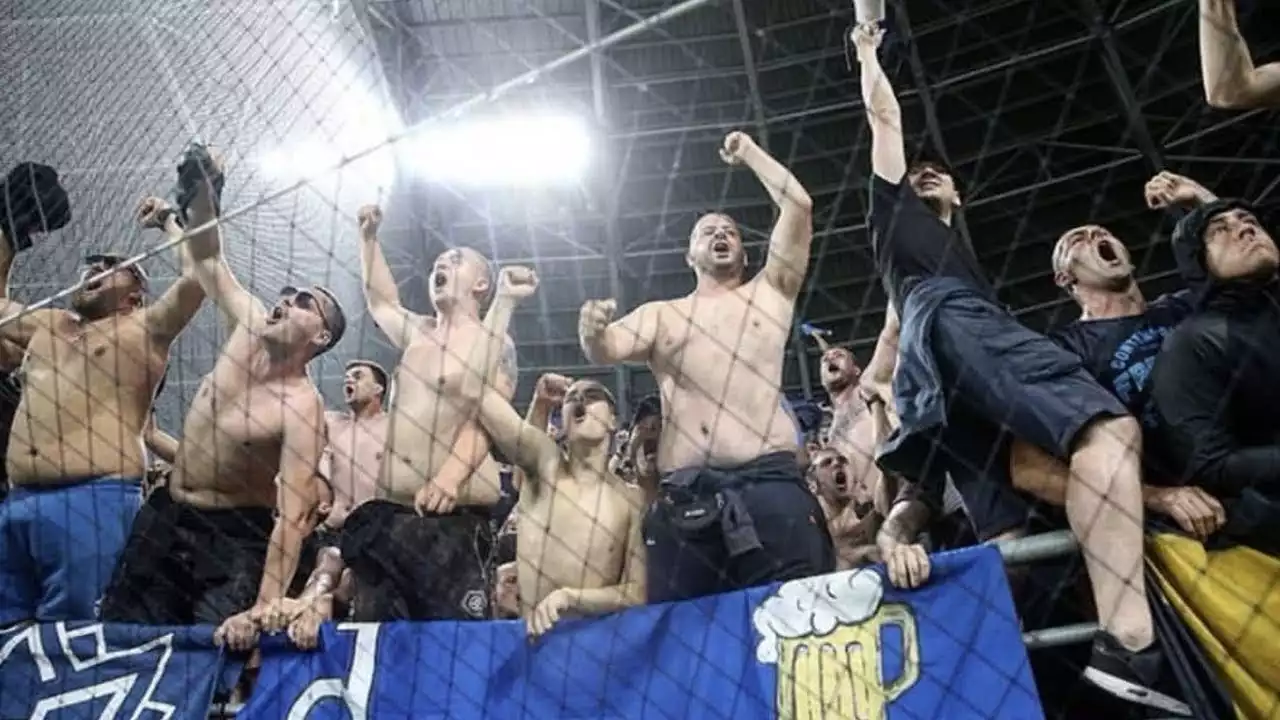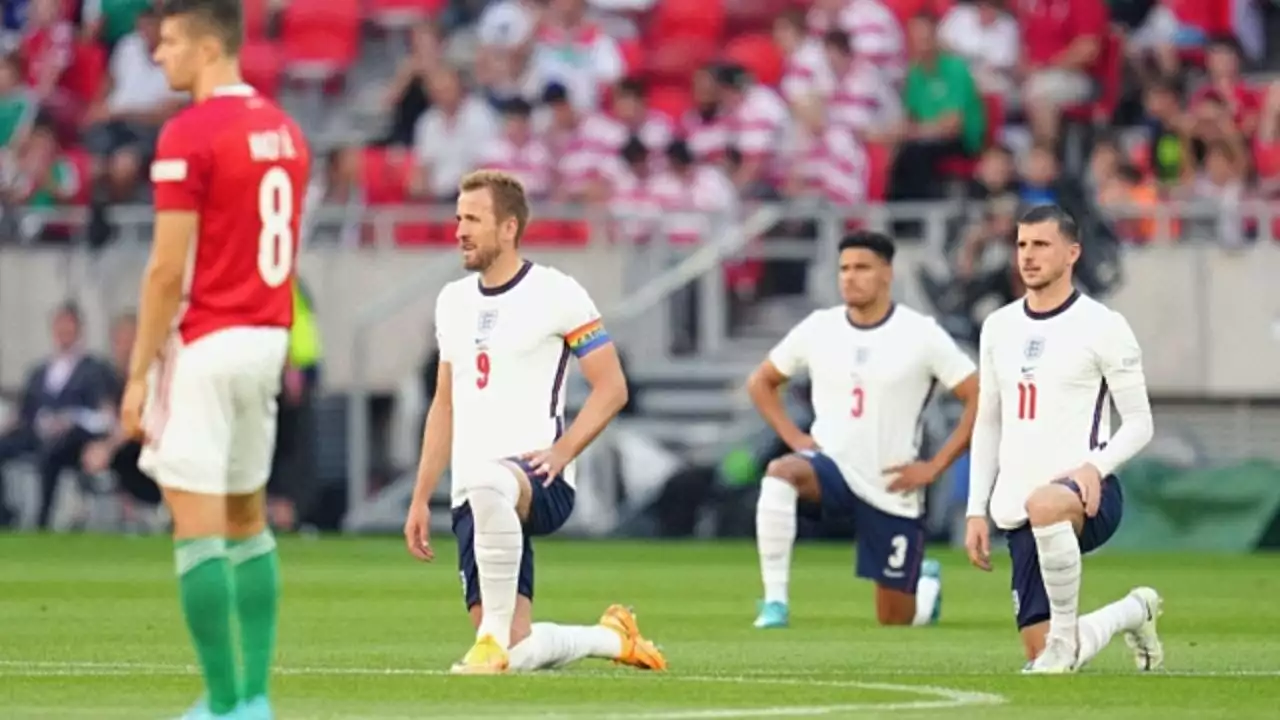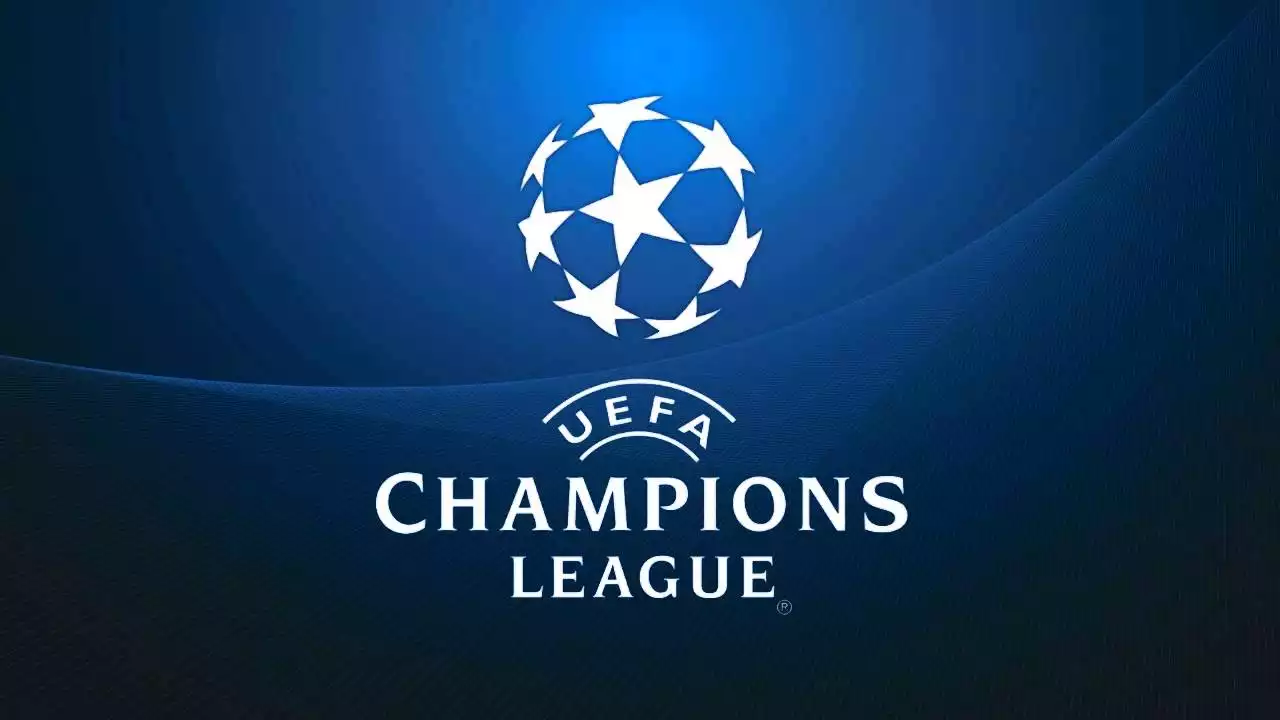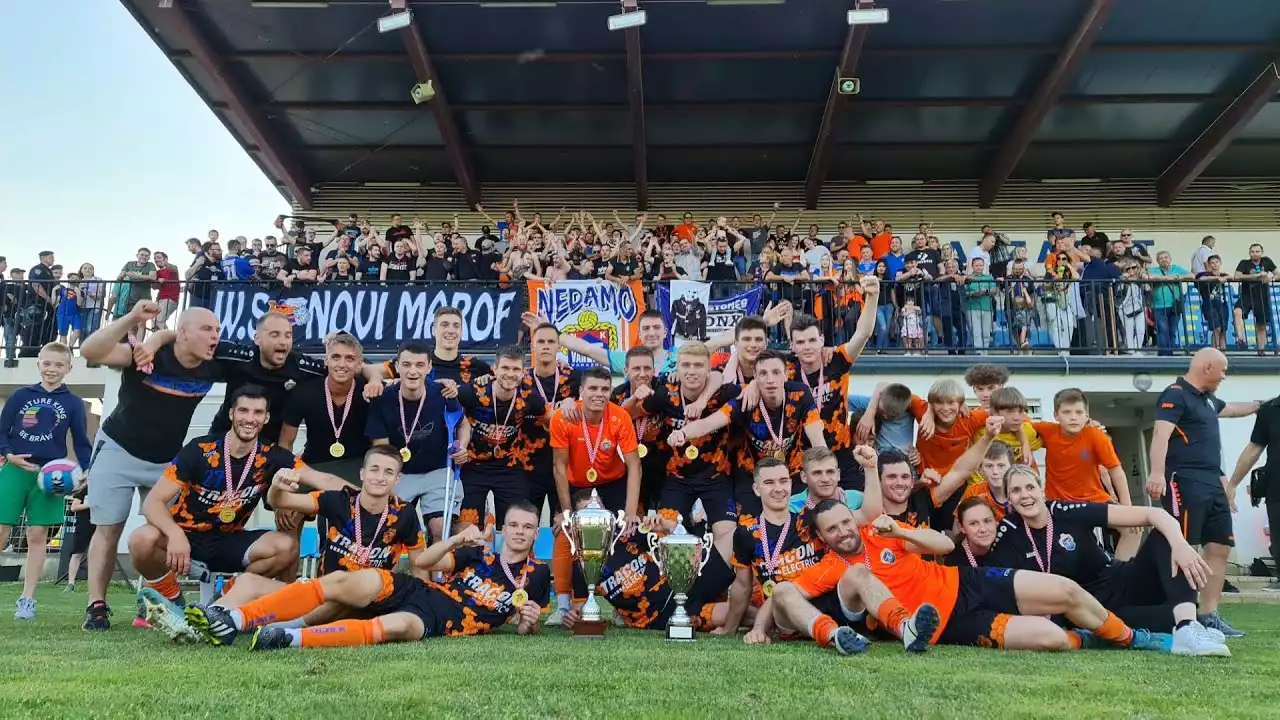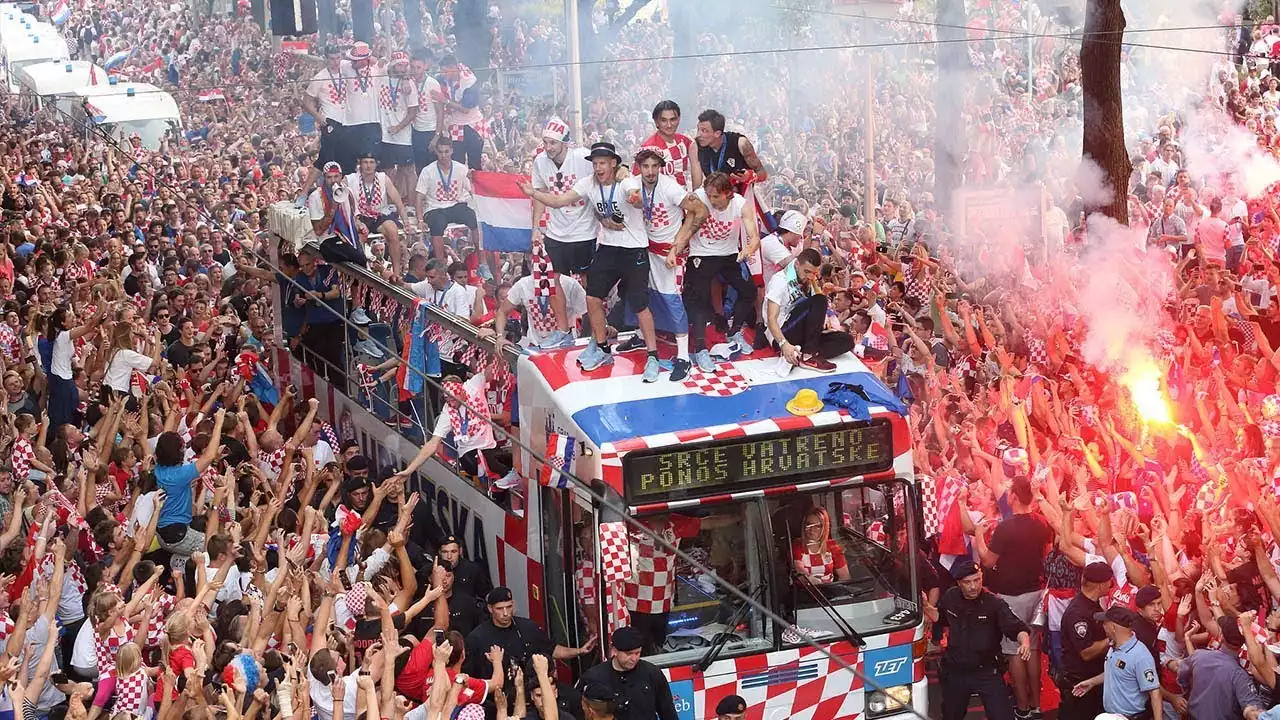The history of ultras in Croatia
The roots of ultras culture in Croatia can be traced back to the late 1960s and early 1970s when football clubs in the country started to form organized fan groups. These groups, known as "navijaci," initially focused on supporting their teams through chants and drumming. However, over time, their passion and dedication grew, and the ultras movement as we know it today emerged.
The 1980s marked a turning point for ultras in Croatia. With the rise of hooliganism across Europe, ultras groups in Croatia became more organized and started displaying their loyalty and support through visually stunning choreographies and pyrotechnics. The ultras movement gained momentum, attracting more members and expanding its influence within Croatian football.
Ultras groups in Croatia and their impact on football
Croatia is home to several prominent ultras groups, each with its unique identity and fan culture. Some of the most influential groups include the "Bad Blue Boys" of Dinamo Zagreb, the "Torcida Split" of Hajduk Split, and the "Armada Rijeka" of Rijeka. These groups have a long-standing history and have played a significant role in shaping the ultras culture in the country.
The ultras groups in Croatia are known for their unwavering support, both home and away. They travel in large numbers to cheer on their teams, creating an atmosphere that is unmatched in intensity and passion. The chants, songs, and displays orchestrated by ultras groups inject a sense of energy into the stadiums, fueling the players and captivating the entire crowd.
The passionate atmosphere at ultras-supported matches
Attending a football match supported by ultras in Croatia is a truly unique experience. The passion and energy that fill the stadiums are palpable from the moment you step inside. The ultras' chants echo throughout the stands, creating an electric atmosphere that reverberates through the entire match.
The ultras' displays are also a sight to behold. They meticulously plan and execute choreographies, using colorful banners, flags, and smoke bombs to create visually stunning spectacles. The choreographies often depict the club's history, achievements, and values, further strengthening the bond between the ultras and their team.
Controversies surrounding ultras in Croatia
While the majority of ultras are passionate supporters who aim to create a positive and vibrant atmosphere, there have been instances of violence, racism, and hooliganism associated with ultras groups in Croatia. These incidents have cast a shadow over the ultras culture and brought negative attention to the Croatian football scene.
In recent years, there have been efforts to address these issues and promote a safer and more inclusive environment in Croatian football. Football authorities, clubs, and ultras groups themselves have collaborated to implement stricter security measures, educate fans about the consequences of violence and discrimination, and encourage a more respectful atmosphere within stadiums.
Ultras and their role in Croatian society
Ultras culture in Croatia extends beyond the football pitch. Ultras groups often engage in various social and community activities, reflecting their strong ties to their local communities. They organize charity events, blood drives, and support local causes, showcasing their commitment to making a positive impact off the field.
Ultras groups also serve as a platform for like-minded individuals to come together and form friendships based on their shared love for their team. The sense of belonging and camaraderie within ultras groups fosters a strong community spirit, creating a support system that extends beyond football.
Ultras choreography and displays
One of the defining aspects of ultras culture in Croatia is the choreography and displays orchestrated by the groups. These visually stunning spectacles are meticulously planned and executed to create a breathtaking atmosphere in the stadiums.
Ultras choreographies often involve large-scale banners, flags, and pyrotechnics. Each display tells a story, depicting the club's history, legends, and rivalries. The choreographies not only enhance the visual appeal of the matches but also act as a powerful tool to rally the fans and motivate the players on the field.
Ultras in other sports in Croatia
While ultras culture is most commonly associated with football, it has also found its way into other sports in Croatia. Basketball, handball, and water polo are among the sports that have passionate ultras groups supporting their teams. These ultras bring the same level of intensity, chants, and displays to their respective sports, creating an electrifying atmosphere that transcends the boundaries of football.
Challenges and future of ultras culture in Croatia
Ultras culture in Croatia faces several challenges as it strives to strike a balance between passion and responsibility. The ongoing efforts to address violence, racism, and hooliganism within ultras groups are crucial in ensuring the safety and inclusivity of the football experience for all fans.
Football authorities, clubs, and ultras groups must continue working together to promote a positive ultras culture that celebrates passion, loyalty, and creativity while condemning any form of violence or discrimination. By fostering a more inclusive and respectful atmosphere, ultras culture in Croatia can continue to thrive and contribute to the vibrant football landscape of the country.
Ultras in Croatia are a unique and essential part of the football culture in the country. Their love, passion, and dedication create an electrifying atmosphere in stadiums, driving their teams to perform at their best. While controversies have marred the reputation of some ultras groups, it's important to recognize that the majority of ultras are committed supporters who aim to create a positive and vibrant environment. With ongoing efforts to address the issues that have cast a shadow on their collective identity, ultras culture in Croatia can continue to evolve and contribute to the rich tapestry of Croatian football.
